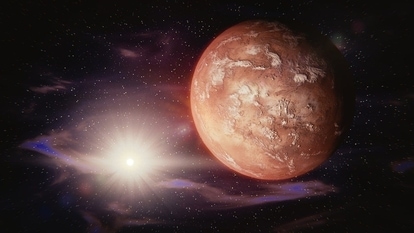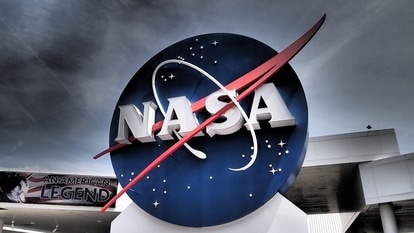NASA Astronomy Picture of the Day 12 December 2022: Elephant's Trunk Nebula shot by NASA
NASA’s astronomy picture of the day is a mesmerizing snapshot of Elephant’s Trunk Nebula.
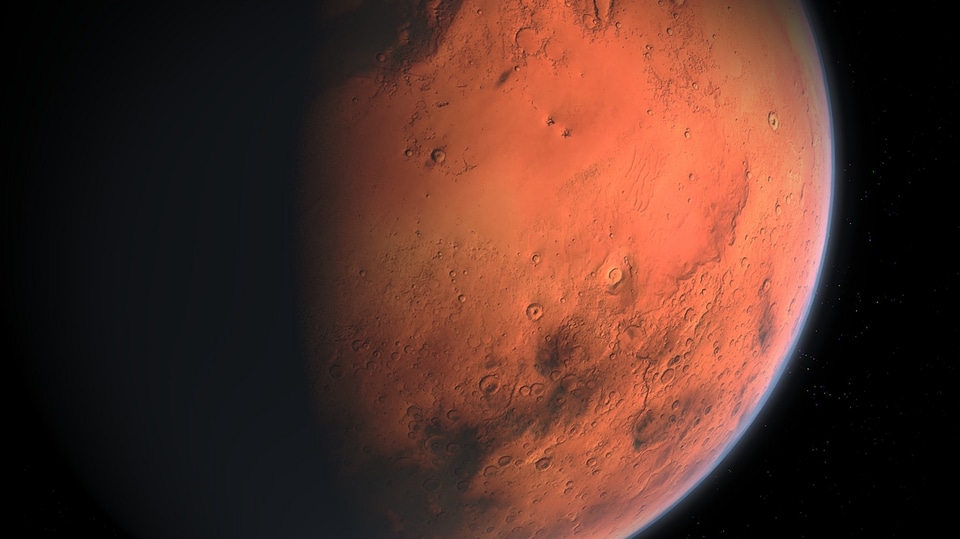
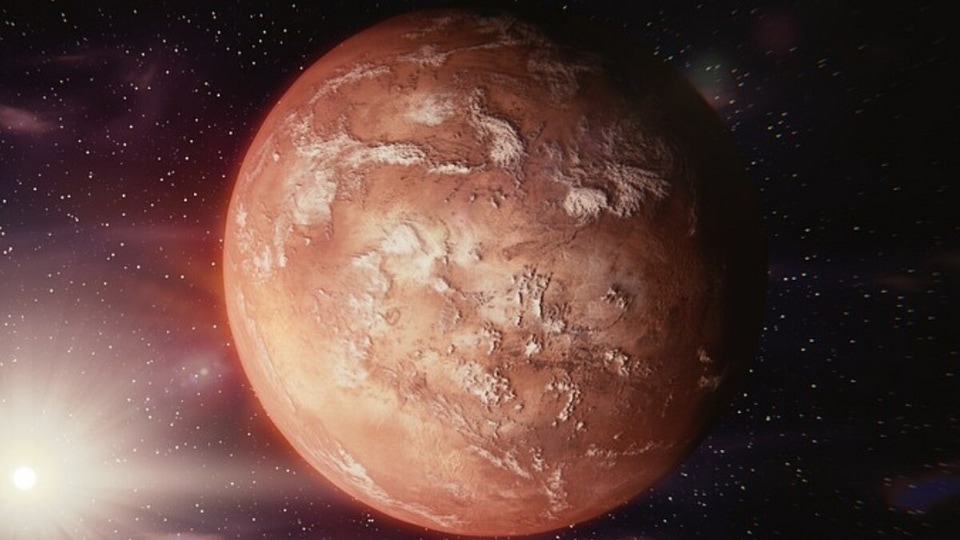
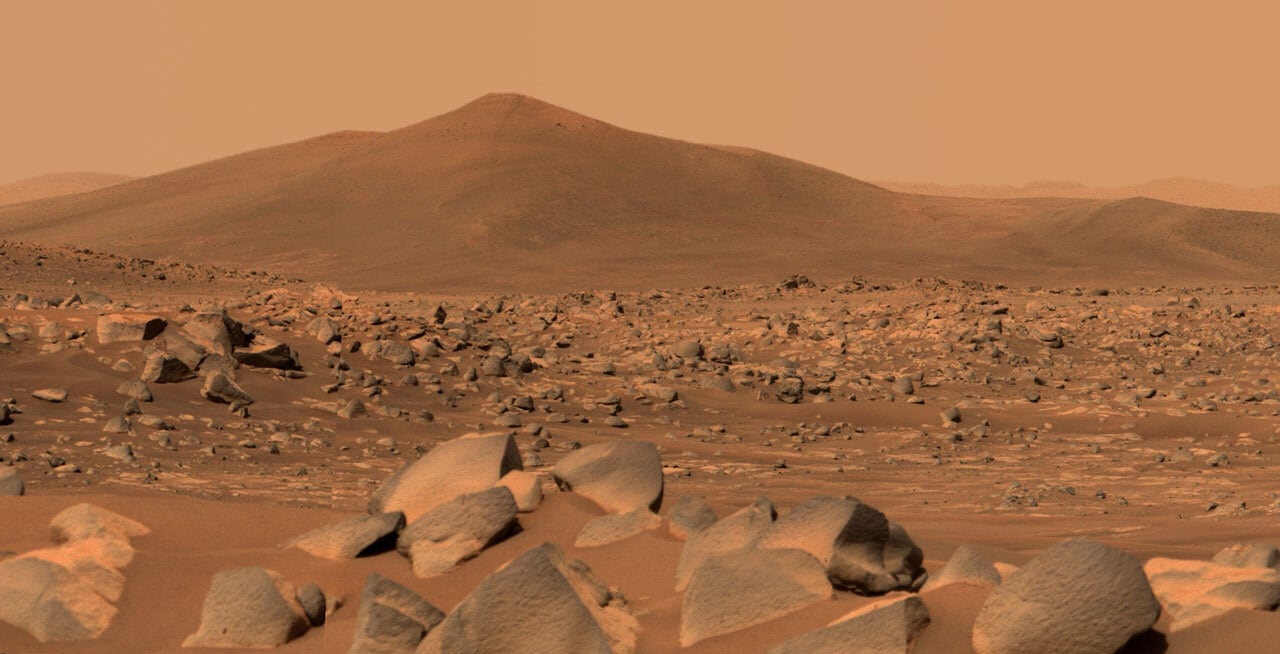

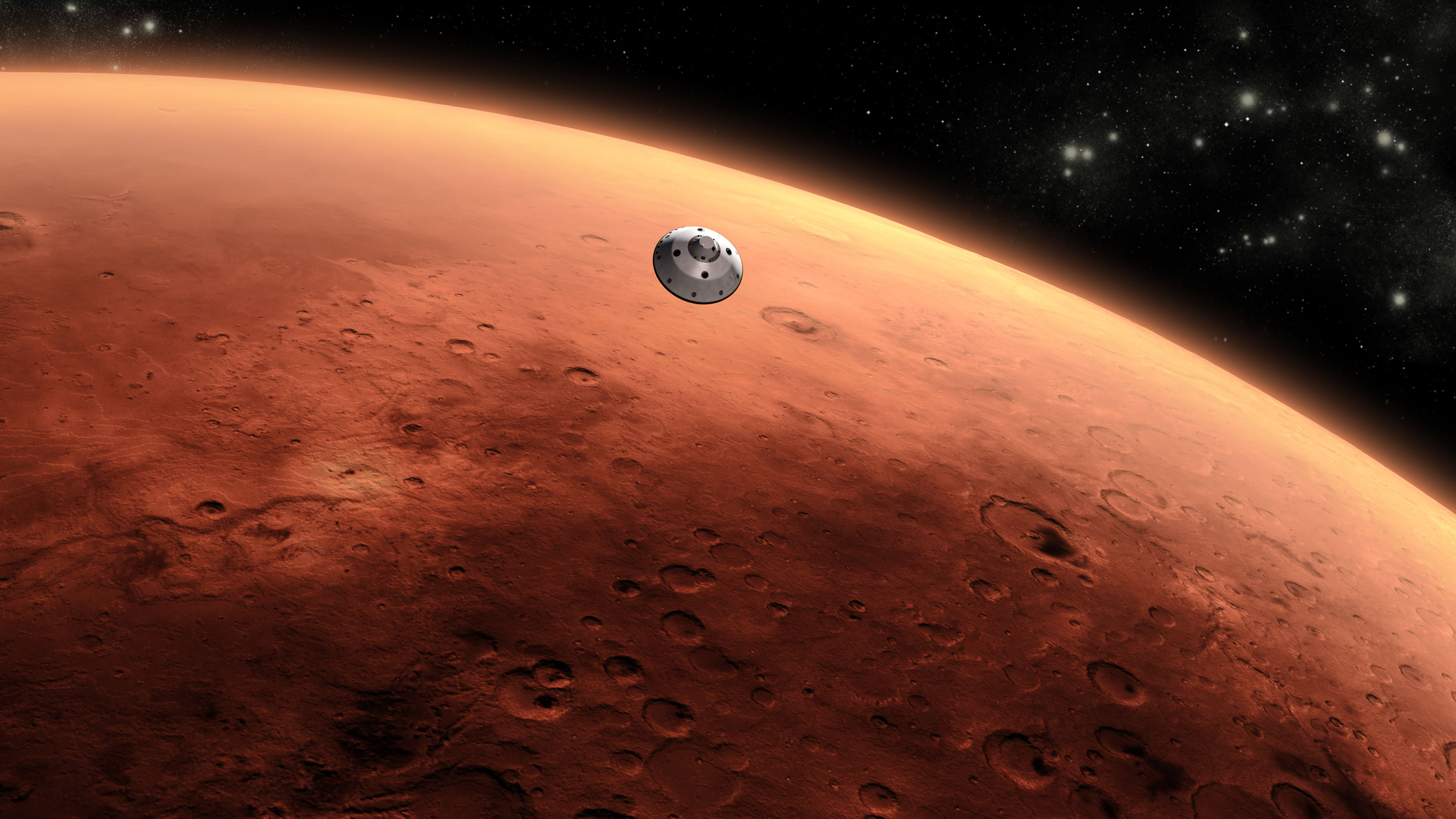
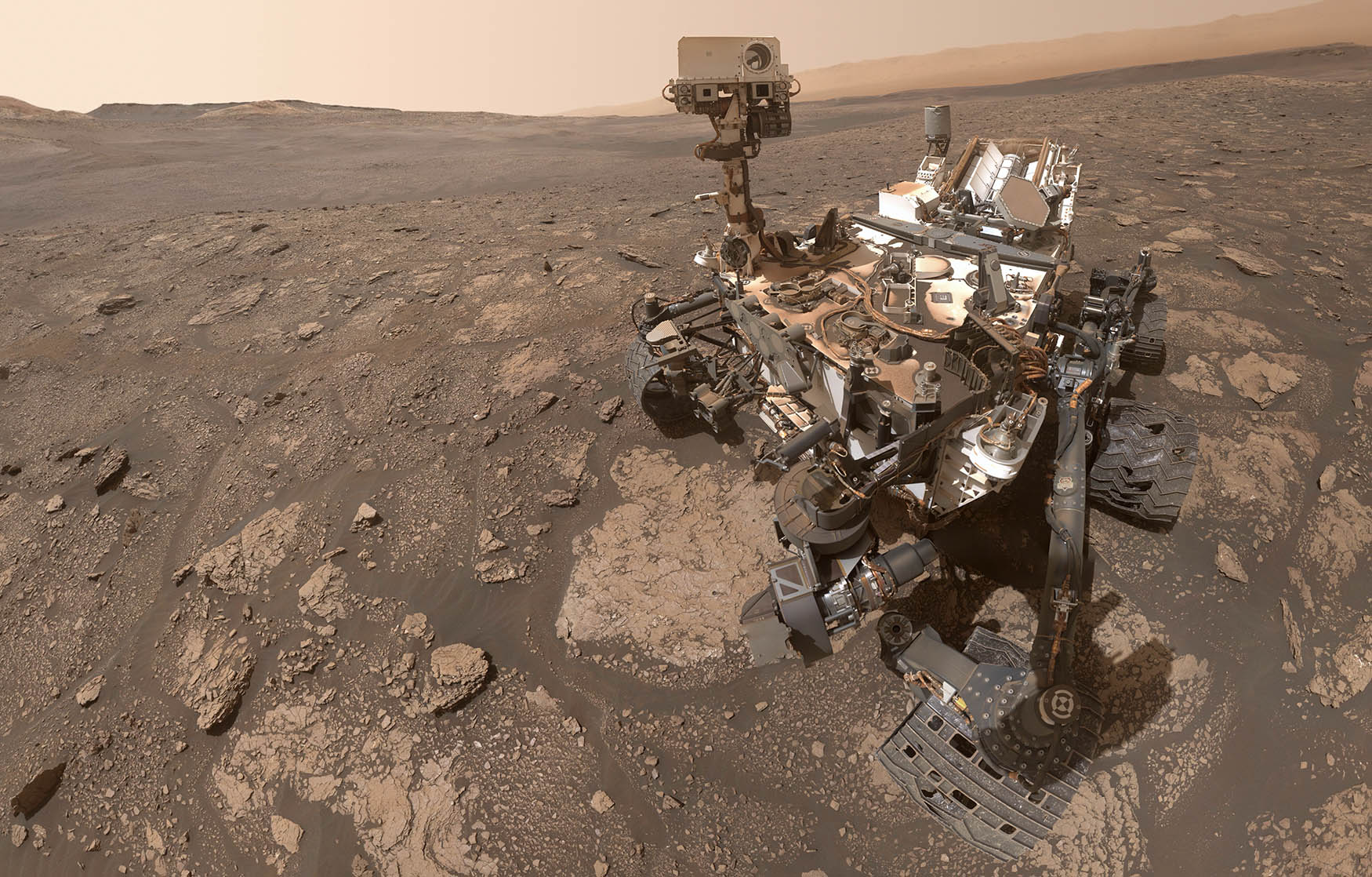
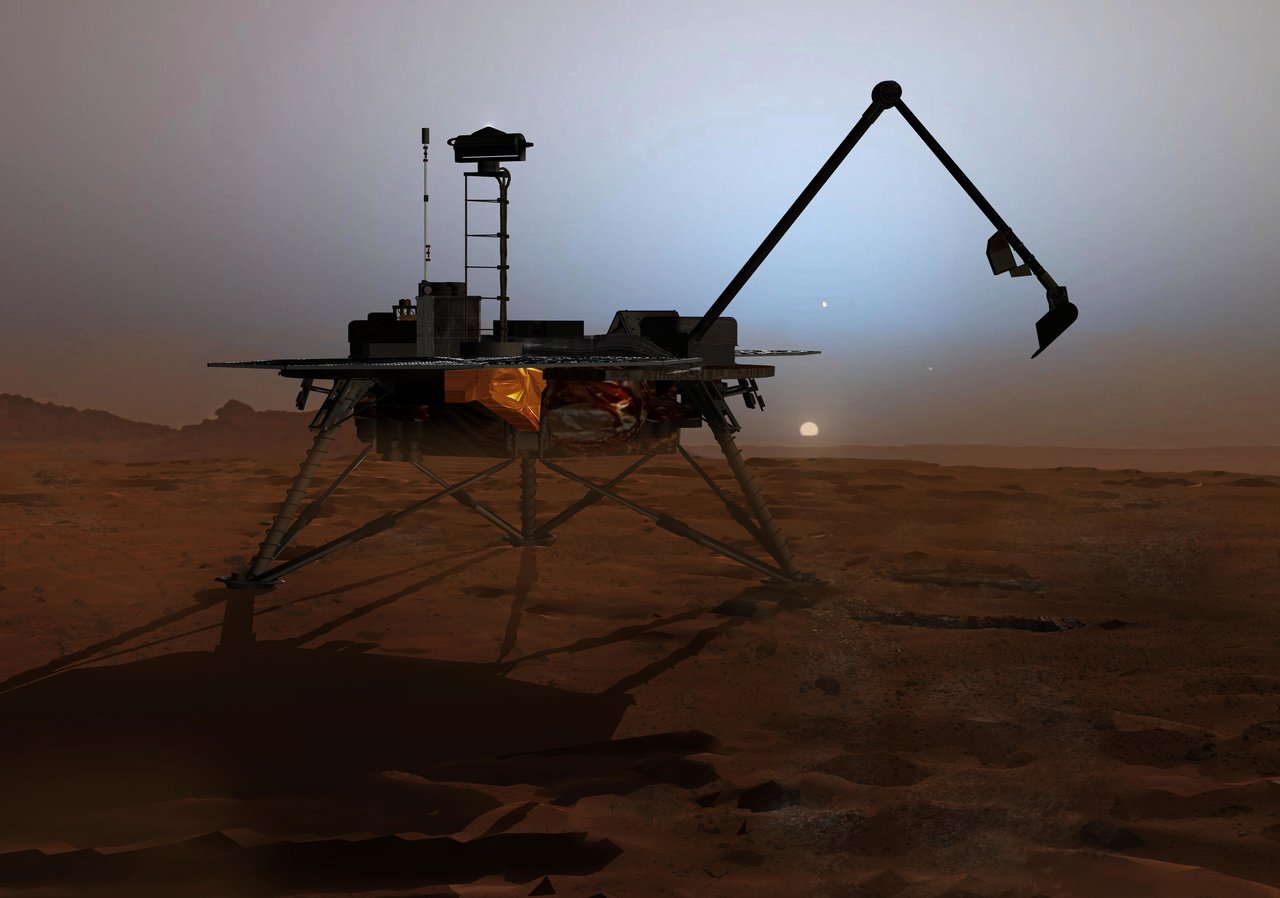
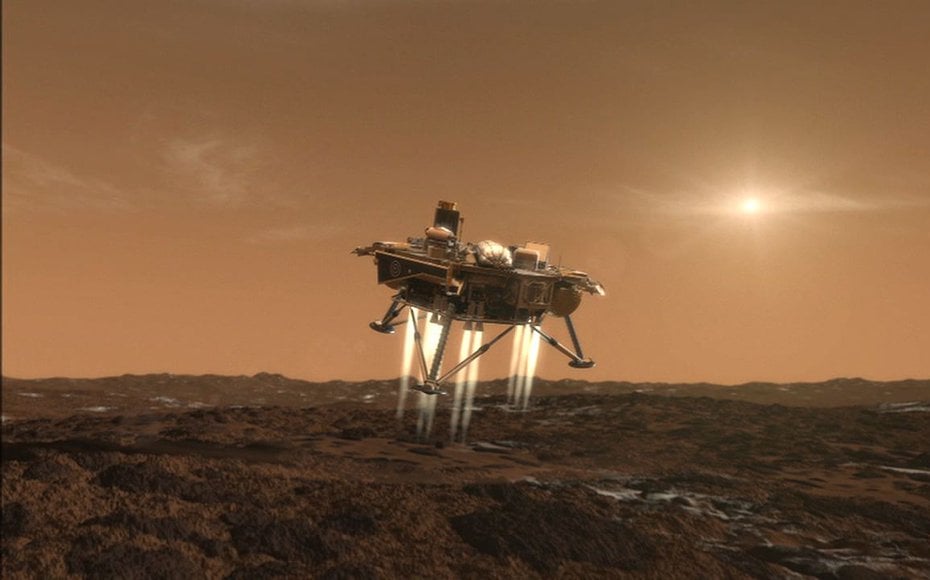
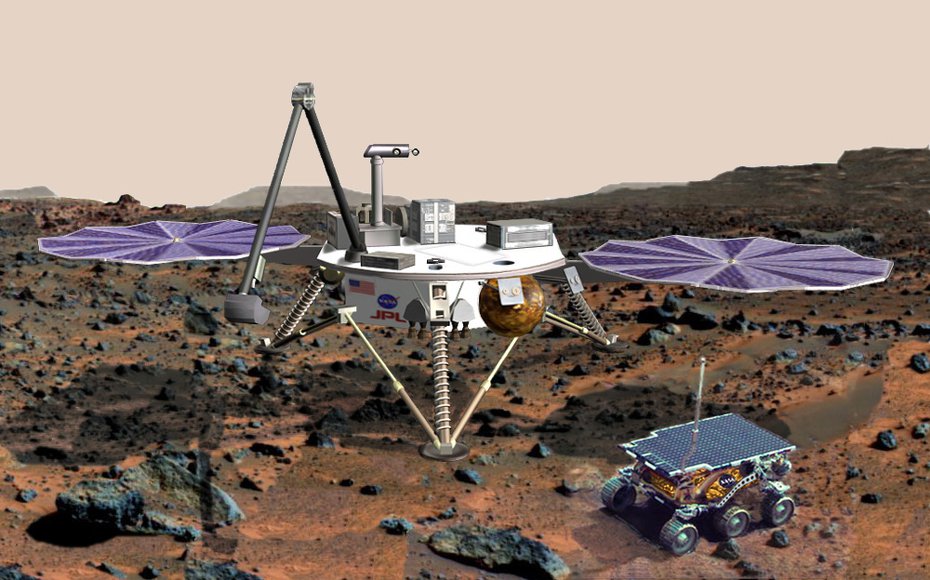

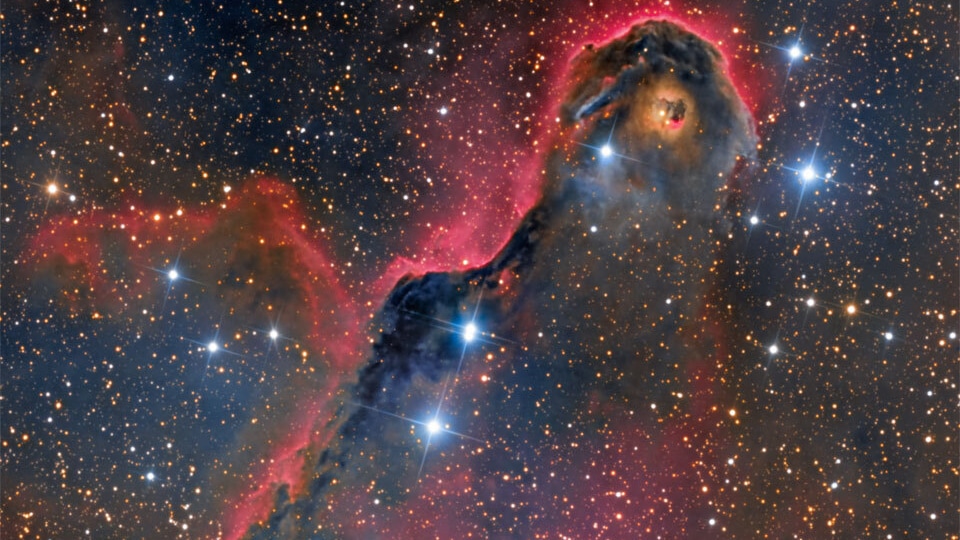
 View all Images
View all ImagesThe makeup of a Nebula consists of gases, mainly hydrogen and helium. Although these gases are spread out, they can be pulled together by gravity. As they clump together, their gravity increases by such an amount that the gas cloud collapses, causing the material at the center of the core to heat up, and this is the birth of a star, according to NASA. This is why a Nebula is also called a Star Nursery.
NASA releases its Astronomy picture of the day on a daily basis. December 12's image is a mesmerizing snapshot of the Elephant's Trunk Nebula. The image was captured by astronomer Bernard Miller, an Arizona based retired electronic design engineer. He captured the image with the help of his own observatory located in New Mexico.
The Elephant's Trunk Nebula is one of the star-forming regions located in the IC 1396, the winding Elephant's Trunk nebula lies just below center.
NASA posted an explanation with the image, “Is there a monster in IC 1396? Known to some as the Elephant's Trunk Nebula, parts of gas and dust clouds of this star formation region may appear to take on foreboding forms, some nearly human. The only real monster here, however, is a bright young star too far from Earth to hurt us. Energetic light from this star is eating away the dust of the dark cometary globule near the top of the featured image. Jets and winds of particles emitted from this star are also pushing away ambient gas and dust. Nearly 3,000 light-years distant, the relatively faint IC 1396 complex covers a much larger region on the sky than shown here, with an apparent width of more than 10 full moons.”
More about Nebulas
Nebulas exist in the space between stars, known as the Interstellar space. In fact, there is a Nebula close to Earth which could possibly be the remnant of the dying star, according to NASA. It is called the Helix Nebula and is located approximately 700 light-years away from Earth.
NASA captures the Nebulas with the help of its Spitzer Space Telescope, Hubble Space Telescope and the new James Webb Space Telescope.
Catch all the Latest Tech News, Mobile News, Laptop News, Gaming news, Wearables News , How To News, also keep up with us on Whatsapp channel,Twitter, Facebook, Google News, and Instagram. For our latest videos, subscribe to our YouTube channel.





